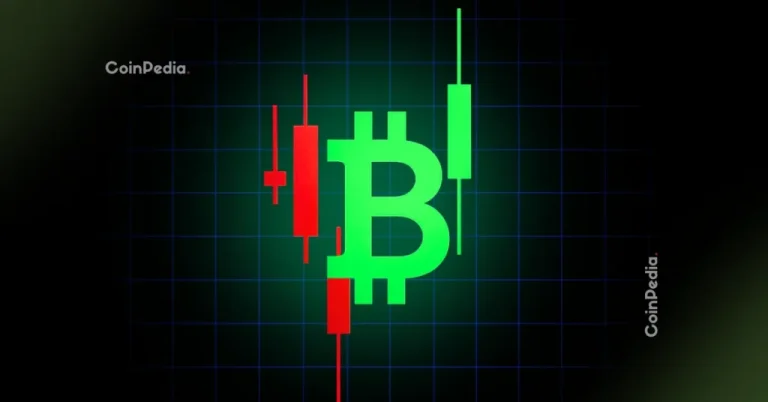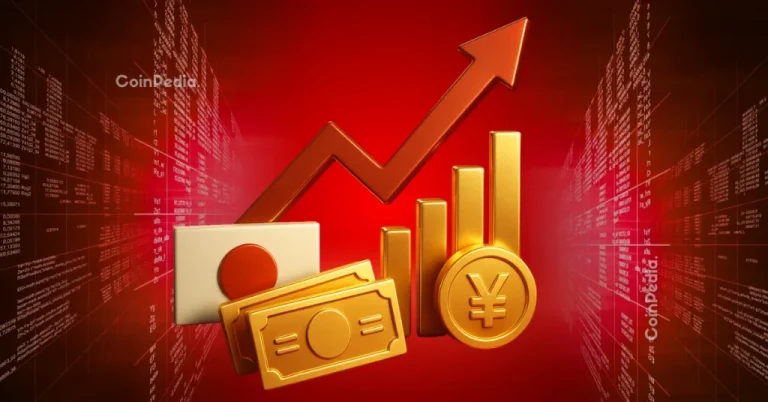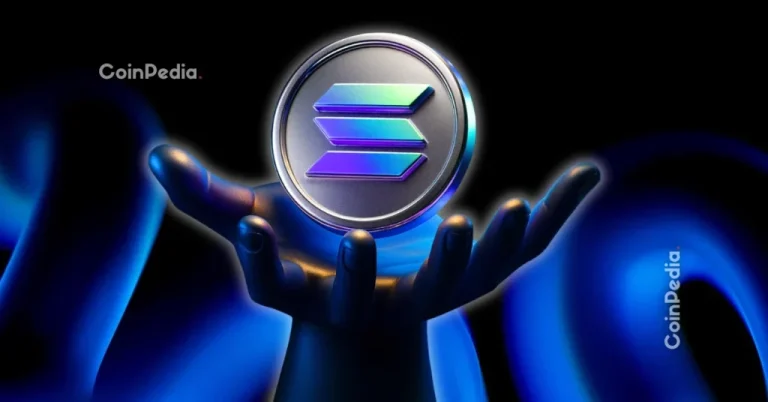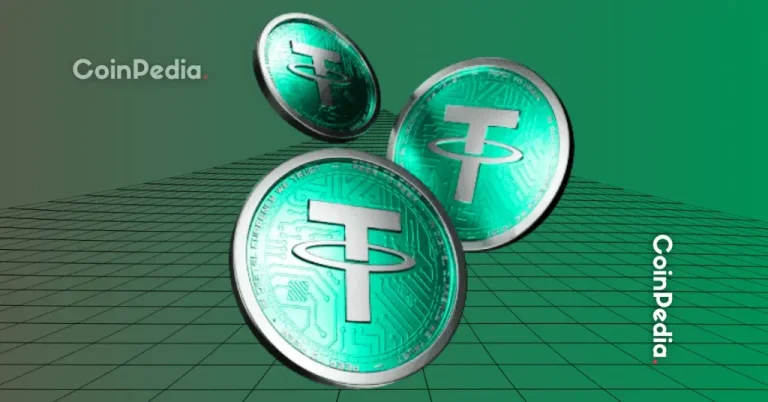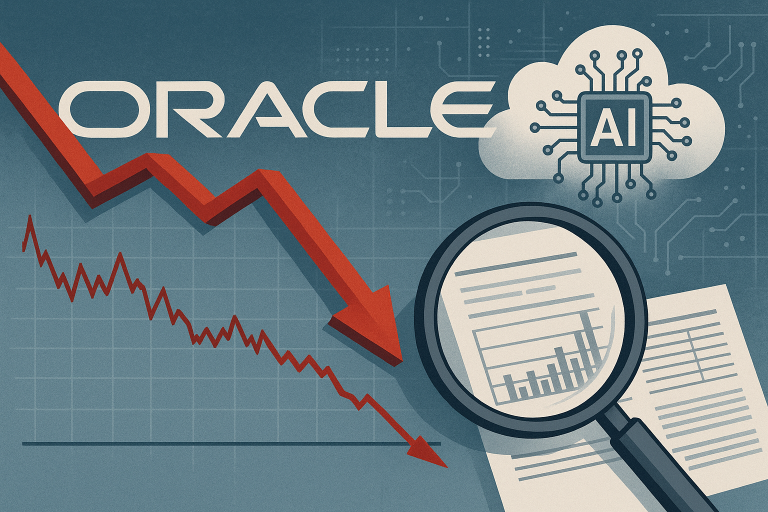The post Bitcoin Out, XRP In — As Markets Shake, Investors Are Rushing Into SolStaking and Earning 900+ XRP a Day appeared first on Coinpedia Fintech News
A surprising shift is unfolding across the crypto market this week after a well-known digital asset entrepreneur, Crypto X AiMan, publicly revealed that he has exited Bitcoin entirely and moved 100% of his capital into XRP.
What makes the move even more notable is timing: both BTC and XRP were under heavy selling pressure, not rallying.
This wasn’t a top-of-market rotation — it was a strategic repositioning.
According to AiMan, his shift out of Bitcoin and into XRP was guided by a combination of:
- Regulatory clarity
- Institutional adoption
- Global payment infrastructure upgrades
And the move reflects a growing trend among investors who are looking for real utility and predictable income, not just speculative upside.
Why XRP Is Back on Investors’ Radar
1. Regulatory clarity in the United States
XRP is one of the few major assets with a court-recognised non-security status, giving it a strong advantage in a regulatory-intensive environment.
2. Ripple’s established banking network
Ripple’s technology is used by hundreds of banks and payment providers, positioning XRP as a realistic tool for liquidity and settlement — not merely a speculative asset.
3. ISO 20022 migration
The global financial system is moving toward the ISO 20022 standard.
XRP is frequently discussed as one of the digital assets compatible with this next-generation messaging and settlement framework.
These three elements together have renewed investor confidence in XRP during a time when the broader market is still uncertain.
Market Volatility Is Creating New Demand for Stable Yield
While AiMan’s “Bitcoin out, XRP in” move made headlines, a parallel trend is accelerating beneath the surface:
Investors are now prioritising stable income over price speculation.
With the market still navigating regulatory tightening, liquidity fragmentation, and macro pressure, demand has surged for earning models that offer:
- Fixed-term, rules-based returns
- Daily or periodic payouts
- Reduced exposure to market volatility
- Zero technical maintenance
This has pushed structured-yield platforms into the spotlight — and SolStaking has quickly become one of the most discussed names, especially among XRP supporters.
Many users report earning 900+ XRP per day through certain staking models, a compelling alternative during unpredictable market conditions.
SolStaking: A Stability-Driven Yield Platform for a Volatile Market
SolStaking has attracted global attention for offering predictable yield cycles in a market where most opportunities are either speculative or high-risk.
Fixed earning cycles
Returns are defined upfront and are not dependent on price swings.
Automated daily payouts
- Users receive earnings every 24 hours without:
- No trading
- NO bots
- NO complex setup
- Just activate a plan and earn.
Multi-asset support
SolStaking supports XRP, BTC, ETH, SOL, USDT, USDC, and more — enabling diversified earning strategies.
Institutional-grade security
The platform emphasizes strong protection standards, including:
- U.S. registered entity (Sol Investments, LLC)
- bank-level encryption
- Cloudflare + McAfee cybersecurity
- real-time risk monitoring
- custodian insurance underwritten by Lloyd’s of London
- segregated user funds
This aligns SolStaking more closely with traditional financial custody frameworks than with typical DeFi protocols.
Getting Started With SolStaking
- The process is straightforward:
- Visit the official site — https://solstaking.com
- Create an account and complete basic verification
- Deposit supported assets (XRP, USDT, TRX, SOL, BTC, etc.)
- Activate an earning cycle
- Receive daily automated payouts
No hardware.
No complicated workflows.
No market-timing requirements.
Just simple, predictable yield.
A New Market Strategy Is Emerging
AiMan’s decision to go all-in on XRP reflects a broader transformation taking place across the crypto landscape:
- Assets with regulatory clarity and real-world use cases are gaining priority
- Investors want yield stability, not speculative stress
- Structured earning platforms are becoming essential tools
As regulatory frameworks evolve and institutional infrastructure matures, SolStaking is emerging as a preferred solution for investors seeking stable cash flow while maintaining long-term exposure to major digital assets like XRP, BTC, and SOL.
Official Website:
https://solstaking.com
Business & Cooperation:
info@solstaking.com

